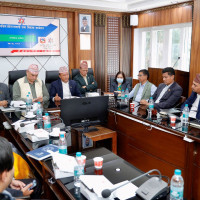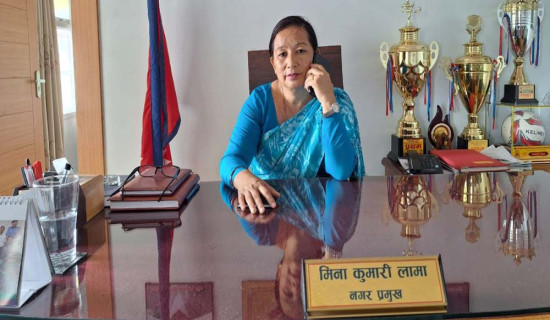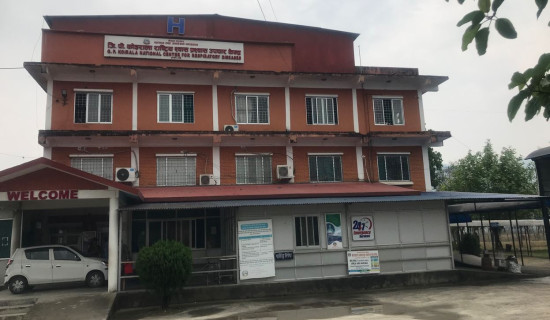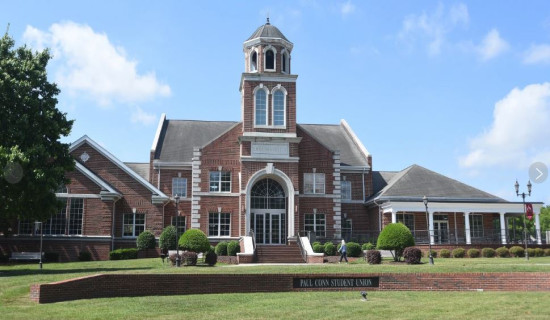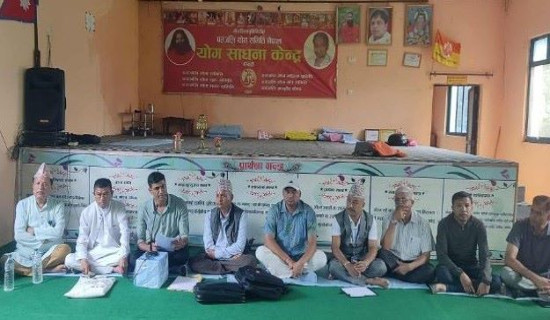- Monday, 1 September 2025
Trail cameras, GPS devices being installed in KCA
By A Staff Reporter,Kathmandu, July 19: UNESCO, in collaboration with the Kanchenjunga Conservation Area Management Council (KCAMC) and Samriddha Pahad, has begun installing trail cameras and GPS devices in Kanchanjunga Conservation Area (KCA).
These tools will be used for biodiversity monitoring within the conservation area. These installations, taking place from July 16 to 19, 2025, in Tapethok, Hellok and Lelep, aim to integrate modern scientific methods with Indigenous knowledge to improve information collection on biodiversity and support real-time ecological monitoring, according to a press statement issued by UNESCO.
Before the camera and GPS installations, a two-day capacity-building training was organised on July 14 and 15 in Lelep. The workshop focused on encouraging the participation of local communities and engagement in environmental supervision within the KCA.
The training also aimed to improve the skills of indigenous people and communities, including school students and other local stakeholders, in biodiversity conservation. They also received hands-on experience in handling and setting up modern scientific devices, it said.
Speaking of their ongoing conservation efforts, Khagendra Phembu Limbu, Chairperson of the Kanchenjunga Conservation Area Management Council (KCAMC), highlighted their aim to identify biodiversity hotspots and potential pocket areas for conservation.
“We are interested in the designation of a UNESCO Biosphere Reserve and plan to conduct local awareness programmes to promote its significance. We hope to receive support toward gaining international recognition, which would play a vital role in the protection and sustainable conservation of this unique conservation area. Additionally, training activities such as the use of trail cameras will strengthen the knowledge and capacity of indigenous communities in monitoring local biodiversity,” Limbu added.
During the workshop, Prof. Dr. Hari Prasad Aryal, UNESCO MAB committee member, and NATCOM highlighted the importance of integrating local knowledge with scientific tools to address biodiversity challenges in high-altitude ecosystems like KCA. “It was encouraging to witness the strong participation of indigenous communities in the workshop. Their innate understanding of nature and their commitment to protecting wildlife, soil integrity, and water resources stand as a model for sustainability. We must listen, learn, and act with humility and respect for the wisdom of these guardians,” added Prof. Aryal.
This initiative supports KCA’s long-term vision of securing international recognition through the IUCN Green List, a global campaign for successful nature conservation and eventual designation as a UNESCO Biosphere Reserve, aligning with the goals of the Kunming-Montreal Global Biodiversity Framework. According to UNESCO, this framework is designed to help achieve global sustainable development goals, building upon earlier conservation strategies and outlining an ambitious path towards a global vision of a world living in harmony with nature by 2050.



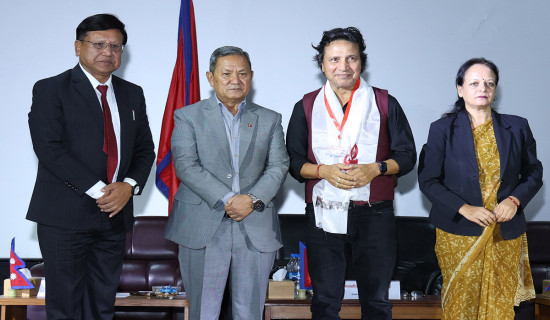

-square-thumb.jpg)
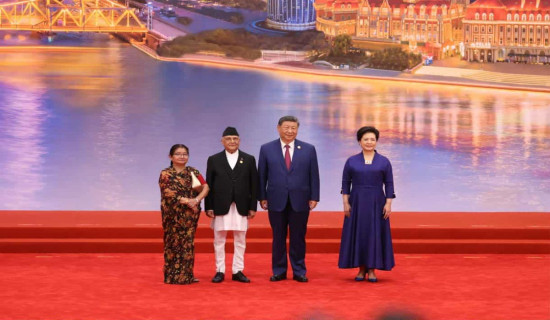
-square-thumb.jpg)
